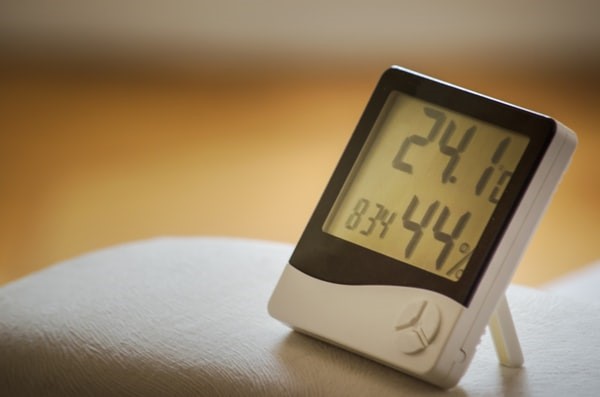The weather affects all of us in some way or another. Whether we are consciously aware of it or not, the weather has an impact on what we wear, what we do, and how we feel. And one of the most important aspects of the weather is humidity.
But what is humidity? Humidity is a measure of the water vapor present in the air. The humidity level is expressed in terms of percentage. The higher the humidity level, the more water vapor is present in the air. The lower the humidity level, the less water vapor is present in the air.
How is humidity measured?
Humidity is measured using a hygrometer. A hygrometer is a device that measures the amount of water vapor in the air. There are two types of hygrometers-analog and digital.
Analog hygrometers use a coil of metal. As the humidity level in the air increases, the coil of metal expands. As the humidity level in the air decreases, the coil of metal contracts. The expansion or contraction of the coil of metal is used to measure the humidity level in the air.
Digital hygrometers use a sensor to measure the amount of water vapor in the air. The sensor converts the amount of water vapor into a digital reading. The digital reading is then displayed on the hygrometer.
Why measure humidity?

High humidity can lead to a variety of problems, such as with mold and mildew. Mold and mildew can cause a wide variety of respiratory problems, including asthma, bronchitis, and other respiratory infections. They can also cause other health problems, such as skin irritation and allergies. If you are experiencing any of these problems, it is important to have the mold and mildew removed from your home as soon as possible.
Mold and mildew can grow in any environment that is warm and humid, but they are especially common in bathrooms and kitchens. These areas tend to be humid and warm, and they often have a lot of moisture present. This makes them the perfect environment for mold and mildew to grow.
If you are experiencing problems with mold and mildew, you should take steps to reduce the humidity in your home. You can do this by using a dehumidifier, opening the windows to allow air to circulate, and by using fans to create air movement. You should also make sure that your home is properly ventilated.
High humidity can also cause skin problems. It can make the skin more susceptible to rashes, acne, and other skin issues. Humidity can also make the skin more oily, which can lead to acne. In addition, humid weather can cause skin to swell and feel sticky. This can lead to skin irritation and rashes. If you are experiencing skin problems during humid weather, make sure to drink plenty of water and use a good moisturizer.
So, what can be done to combat the negative effects of high humidity? Well, one of the best ways to reduce humidity is to use a dehumidifier. Dehumidifiers remove the water vapor from the air, which makes it easier to breathe and reduces the risk of mold and mildew.
There are a number of different dehumidifier models available, so it’s important to research the different options and find the one that best suits your needs. Some dehumidifiers are designed for specific types of spaces, such as small rooms or large areas. Others are designed for specific needs, such as removing moisture from the air or preventing mold and mildew.
If you are experiencing high humidity, it is important to take steps to reduce it. Using a dehumidifier is the best way to do this. And remember, humidity can have a big impact on our health, so it is important to take steps to keep it under control.














